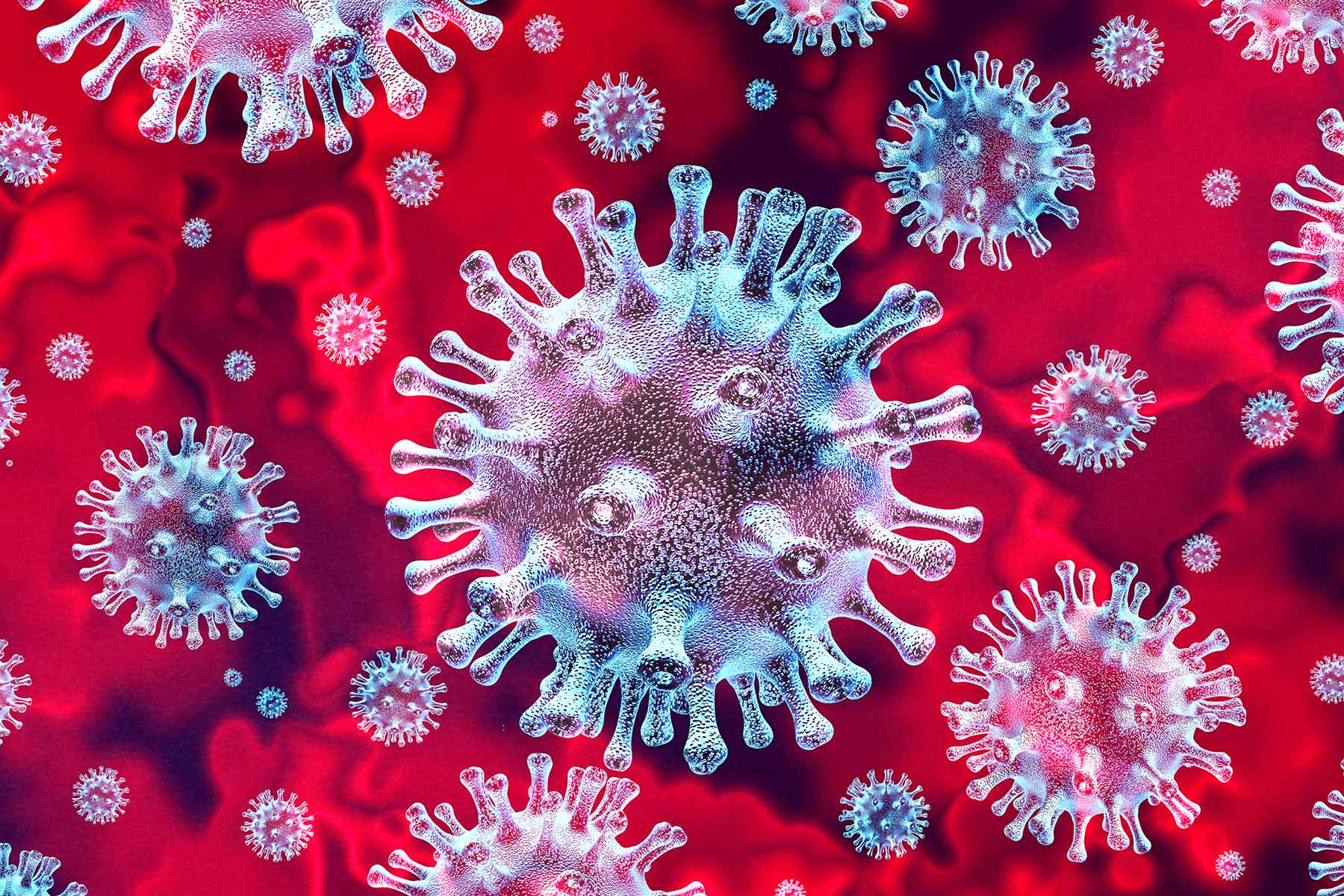As the number of new cases of COVID-19 — and deaths continues to increase in Nigeria, and elsewhere in the world, it’s time to review how this disease is transmitted. Even among those that seem to observe the safety protocols, there have been infections.
Initially, the consensus was that the disease is spread by droplets that don’t go beyond six feet.
- Resumption: Schools differ on COVID-19 protocols
- 29m SIMs not yet linked to NINs as deadline expires today
But as scientists began to beam more light on the virus, they found compelling evidence that the spread of the virus cannot be explained by droplet infection alone.
After some scientists mounted pressure on the World Health Organisation (WHO), it accepted that indeed the virus could also be spread by aerosol, but that it could only occur in nebulisation, intubation and other medical procedures that can generate aerosol. And it added half-heartedly, that, “Further studies are needed to determine whether it is possible to detect 0iable SARS-CoV-2 in air samples from settings where no procedures that generate aerosols are performed and what role aerosols might play in transmission.”
Following this, the Center for Disease Control (CDC) published on its website that the virus could be spread in the air, but removed it almost immediately, saying, it was “posted in error”.
But transmission of this virus could be occurring by aerosol more than we are aware and more than the health organisations are willing to accept.
When we cough, sneeze, talk, breathe or sing, we normally release droplets, which are tiny particles of fluid, as well as aerosols, which are tinnier particles of fluid in the air.
A peer-reviewed paper published in Scientific Reports by researchers working at the University of Nebraska discovered the new coronavirus in aerosol samples collected in the hospital room of COVID-19 patients.
One other study published in Sustainable Cities and Society was of a patient who had recovered from COVID-19 in an ICU, and had tested negative. Surface and air samples were collected in the ICU. The results from all surface samples tested negative, while that for air samples tested positive for SARS-CoV-2.
The WHO calls a “droplet” a particle bigger than five microns and added that these droplets don’t go beyond one metre. The CDC uses two metres. Droplets move through the air and fall, while aerosols hang in the air longer.
From physics, a five-micron droplet usually takes about 30 minutes to drop to the ground from the mouth of an adult who is of average height. During that time, the droplet can move many metres on an air current. Droplets released when we cough or sneeze also go much farther than a meter.
For aerosols to leave where they are produced, they have to navigate through the air, and anyone close by can get infected.
Ponder the case of a restaurant in Guangzhou, in southern China, early in 2020 where one person who had COVID-19 infected nine other people who sat at his table and two other tables further from him.
Yuguo Li, a professor of engineering at the University of Hong Kong, and his colleagues studied a video from the restaurant, and in an article published last April, did not find any evidence to show close contact between those at those tables.
Droplets could not have explained the transmission based on the distance they could travel, at least not for those at the other tables, because it’s expected that droplets would have reached the ground.
Those other tables were at a corner that had poor ventilation and the air-conditioner drove air towards them. Interestingly, no staff member, or those beyond the air-conditioner got infected.
There was another incident where one person was believed to have infected 52 of 60 people at a choir practice in Washington, US.
Dr Linsey C. Marr, a professor of civil and environmental engineering, one of the 239 scientists who wrote an open letter to the WHO to take the airborne transmission of the virus seriously, and his colleagues looked at what happened in that choir gathering and published a preprint then, and settled that the transmission was largely due to aerosols.
Those who attended the choir event observed the safety protocols, including avoiding handshakes, avoiding hugs and used hand sanitisers which reduced the risk of transmission through direct contact. It was noted that the room had poor ventilation and the rehearsal lasted up to 2.5 hours which is considered long for a pandemic period.
Some researchers argue that because the virus is found in aerosols, it does not mean there is long-range transmission.
The WHO, and perhaps those other scientists, are falling back on a démodé definition of airborne transmission, where the virus needs to travel very far. It does not have to move through alleys, over mountains, oceans, and forests before it is called airborne transmission. Absence of evidence is not evidence of absence. When it comes to human life, it’s better to assume the worst case scenario.
The Infection Control Expert Group (ICEG) in Australia will be updating its advice on airborne transmission of the virus, especially from hotel quarantines to the community, more so with the entrance of the highly infectious UK COVID-19 variant.
The Nigeria Center for Disease Control (NCDC) cannot continue to play catch up, or “follow follow”, as we call it here. Nigeria, and indeed Africa, should lead the world when it comes to infectious disease. Even the world agrees we have the experience.
While we wait for the health agencies to get their acts together, the key to being safe remains keeping a safe distance. One metre may not be enough. Two metres is just fine, but staying further is safer.
Mask wearing remains a game changer, if only everyone will agree to wear it. For healthcare workers, it might mean the minimum type of mask to be worn should be an N-95. Where that is not available, double-masking with the surgical mask might help.
While lockdown remains the most effective way of stopping the virus in its track, its effect on the economy is heavy. But if people can avoid any form of gathering or clustering, it will go a long way towards stemming the tide. Gatherings, especially in an enclosed place, have a higher risk of generating aerosol transmission. For the avoidance of doubt, gatherings include parties, night clubbing, weddings, naming ceremony, chieftaincy title ceremony, protests, political events, NIN registration, church and mosque worship and so on.
Doors and windows should be open as much as possible. The dampers in air-conditioning units should be adjusted. If possible the filters should be upgraded. Portable air cleaners can be used, germicidal ultraviolet technologies installed to kill or remove virus particles found in the air.
If you are 40 years old and above and you have comorbidity, you are to take extra precautions. Fewer children contract the virus, but they can transmit it to adults. It’s going to be very tricky as schools resume. Perhaps hugs should be avoided.
While the controversy over vaccines lingers, eat healthy meals and add fruits to boost your immunity. Avoid stress and worry as much as possible, because they lower your immunity. Seek medical and psychological help early. The virus may be in the air, hope too is in the air.
Dr Odoemena is a medical practitioner, Lagos (@cuzdetriumph)

 Join Daily Trust WhatsApp Community For Quick Access To News and Happenings Around You.
Join Daily Trust WhatsApp Community For Quick Access To News and Happenings Around You.


